Deforestation: explained
Everything you need to know about the deforestation crisis taking place across Australia.
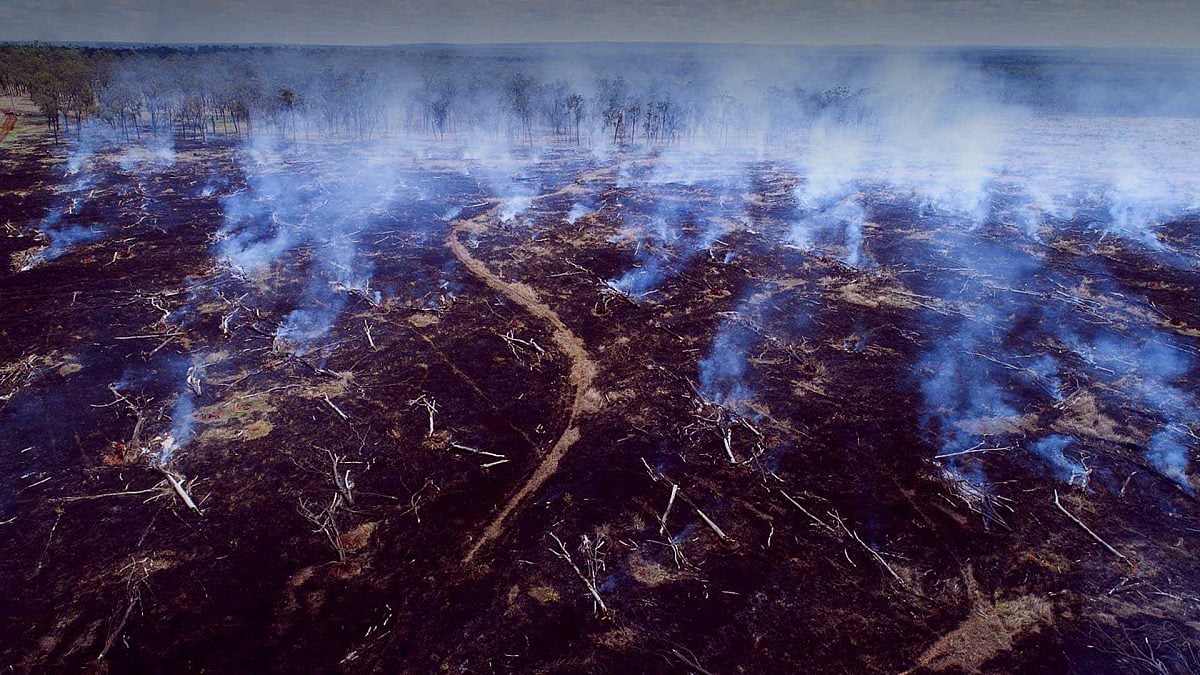
Australia’s forests are unique on Earth. But across the country, trees are being torn down by bulldozers, chainsaws & logging machinery in an unfolding crisis that’s wrecking the climate & pushing wildlife towards extinction.
Australia is a global deforestation front—alongside Borneo, the Amazon and the Congo—and has the highest rate of mammal extinctions in the world. For our climate, wildlife and future, Australia must go deforestation-free.
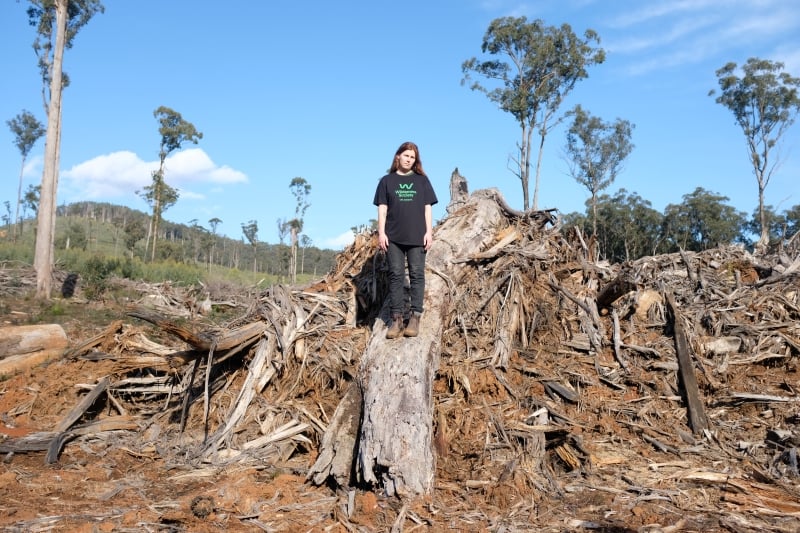
Deforestation is when humans significantly damage, alter or destroy forest—usually by bulldozing or logging*—and it’s occurring at an alarming rate throughout Australia.
Hundreds of thousands of hectares of Australia's forests and bushland are destroyed every year for agricultural expansion (to create pasture to raise cattle for beef), logging (for timber, paper and pulp), mining (for minerals like bauxite), and urban development.
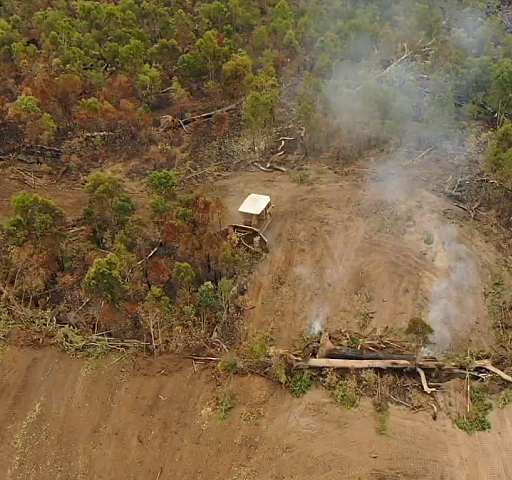
Everything you need to know about the deforestation crisis taking place across Australia.
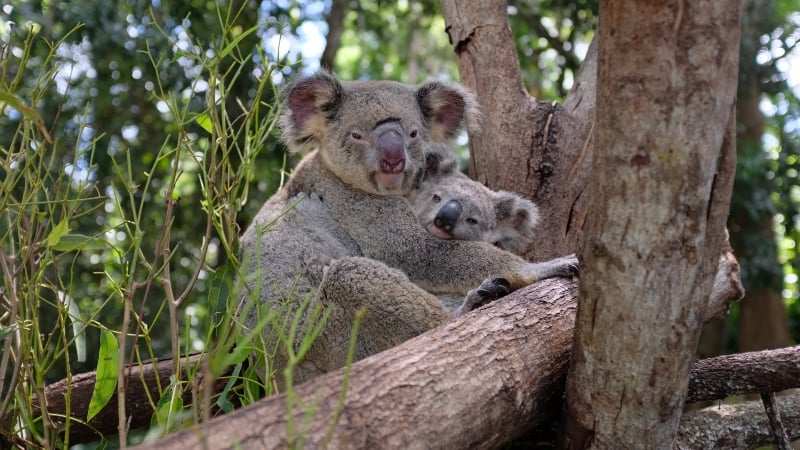
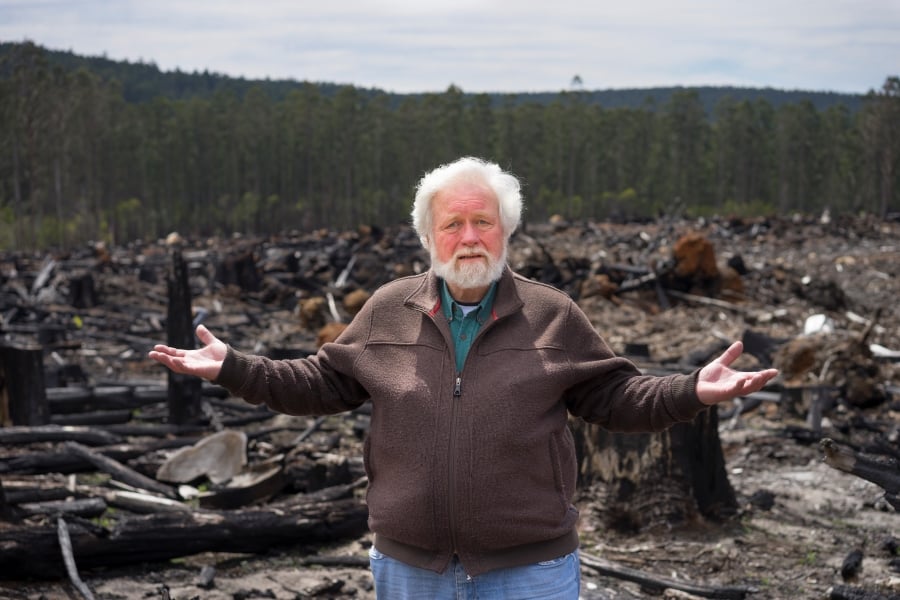
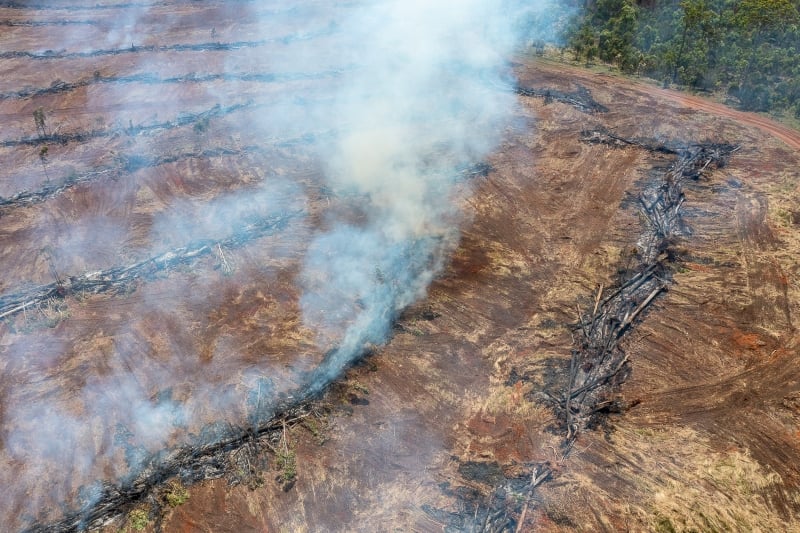
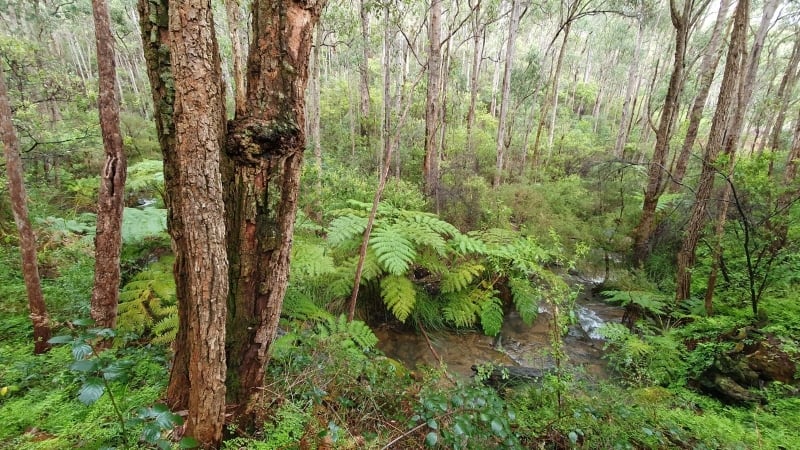
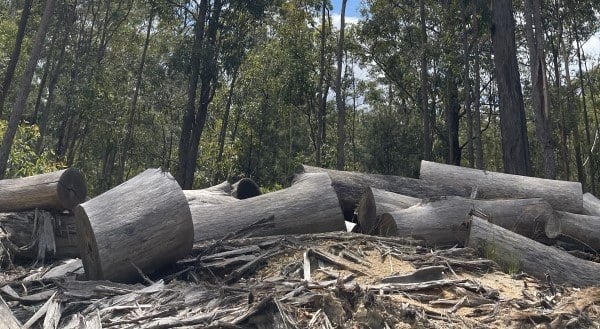
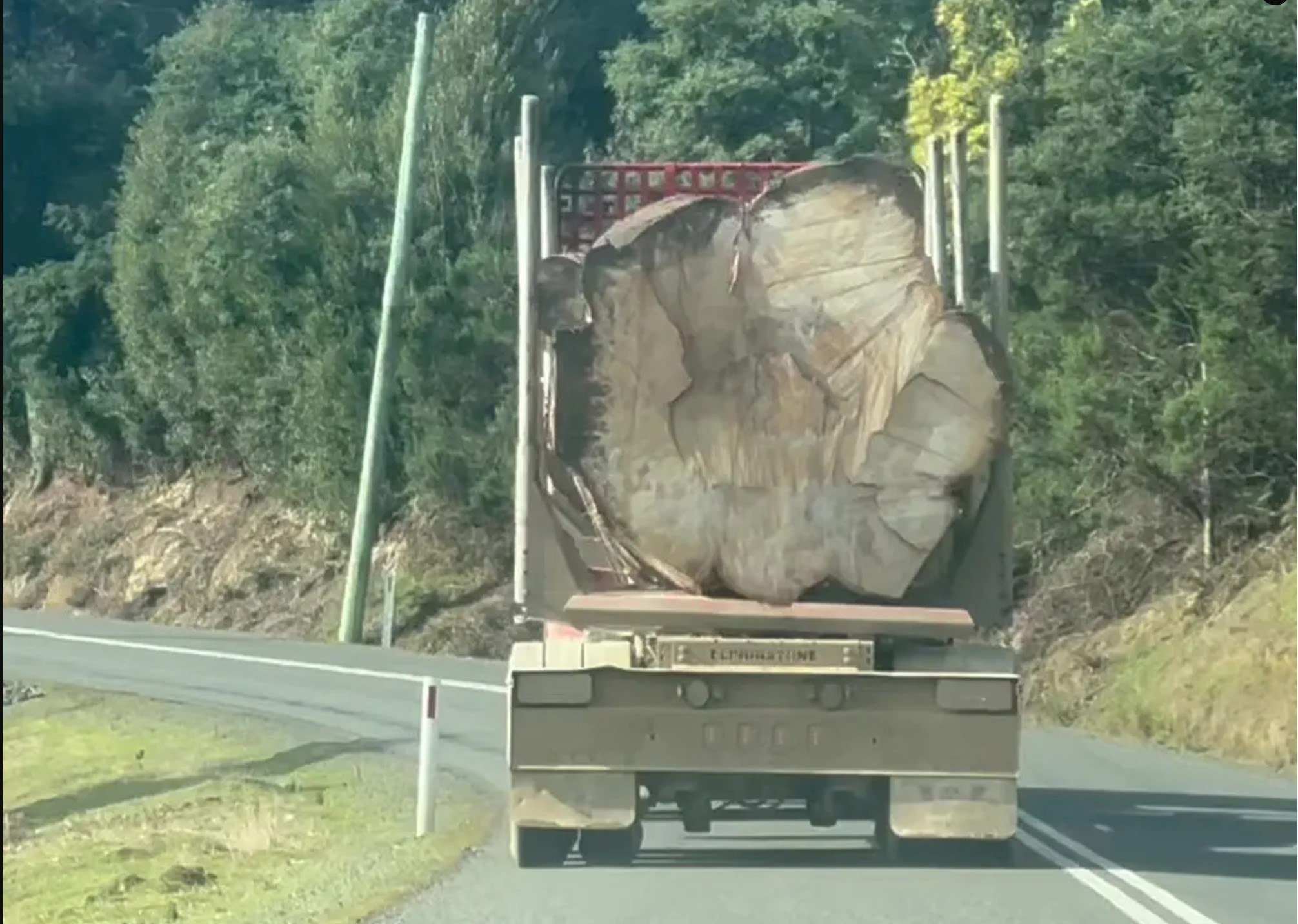
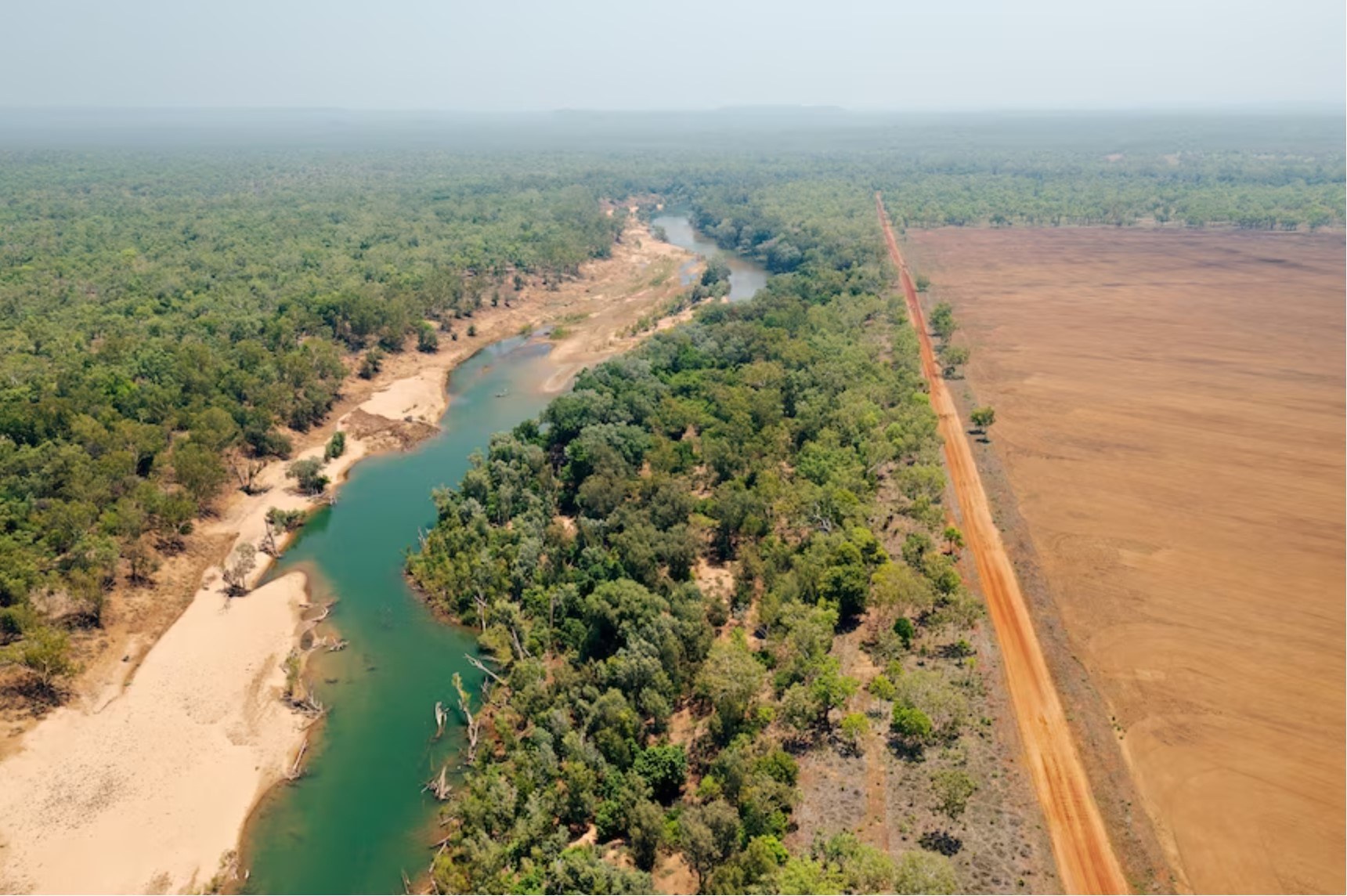
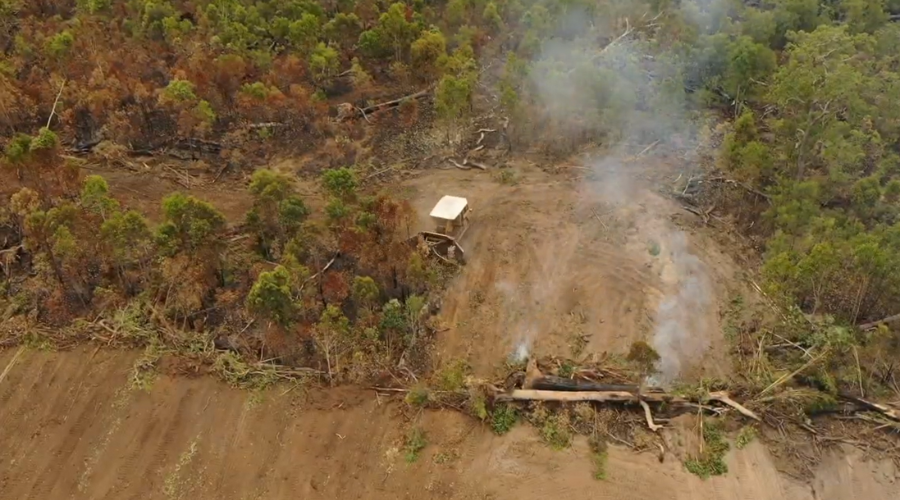
Koalas are now endangered in three Australian states (Qld, NSW & ACT) due to habitat loss. Wilderness Society has shown the beef industry is responsible for the deforestation of vital threatened species habitat. Photo: Meg Bauer
Only 1% of Victoria's Central Highlands mountain ash ecosystem remains unlogged and unburnt. Image: Louise Chen
Deforestation is Australia’s hidden emitter—it’s like adding 10 million cars to our roads.
Western Australia's forests play a critical role in preserving biodiversity, providing a home for threatened species and storing huge quantities of carbon—but deforestation threatens all this. Image: Jenita Enevoldsen
Almost two-thirds of NSW native state forests burned during the Black Summer bushfires, yet the NSW government continues to allow industrial logging at a rate of around 14,000 hectares per year. Image: Victoria Jack
Giant trees continue to be felled in Lutruwita / Tasmania's ancient forests.
Deforestation for cotton and gas fracking in the NT threatens some of the Earth's last intact savannah. Image: ABC News/Michael Franchi
Deforestation in Australia has now reached globally significant levels, driven largely by land clearing in Queensland. Our report, What’s at ‘steak’?, revealed more than one million hectares of Queensland forest was destroyed to raise cattle for beef in just 5 years (2014-2019).
As the only ‘developed’ country with a deforestation front, it's no surprise Australia’s mammal extinction rates are the highest in the world. Even iconic native animals like the koala and the greater glider are on the way to extinction.
If we want to protect Australia's remarkable biodiversity, we must protect their forest homes.
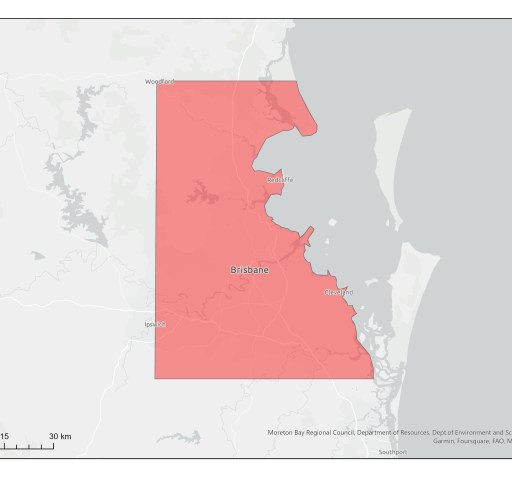
10 stats that expose the scale of deforestation across the country.

Deforestation isn’t just devastating for wildlife, communities and the climate. It’s also an extreme liability. But there’s a fix: big business can choose to only source and sell products free from deforestation.
Deforestation in Australia usually happens when forests are torn down to create pastures to graze cattle for beef and leather; to mine the land underneath for aluminium; or to turn trees into timber, pulp and paper. Because these are the riskiest products, the companies that buy and sell them have a responsibility to ensure that they are not causing deforestation in the process.
Australia’s nature laws are broken. That means that even if a company isn’t doing anything illegal, it may very well be involved in unacceptable destruction.
More and more consumers and investors—in Australia and overseas—want deforestation to end. They don’t want to finance companies and buy products that are linked to the destruction of world-class forests.
That’s why it’s essential that companies in Australia—and especially those involved in the production of beef, leather, aluminium, timber, pulp and paper—take action on deforestation. They must set strong commitments to eliminate deforestation from their activities.
If big businesses only bought and sold products free of deforestation, it could stop Australia’s deforestation crisis in its tracks.
If we want to protect our climate, and the ecosystems that make our lives possible, there’s no place for deforestation in Australia’s future.
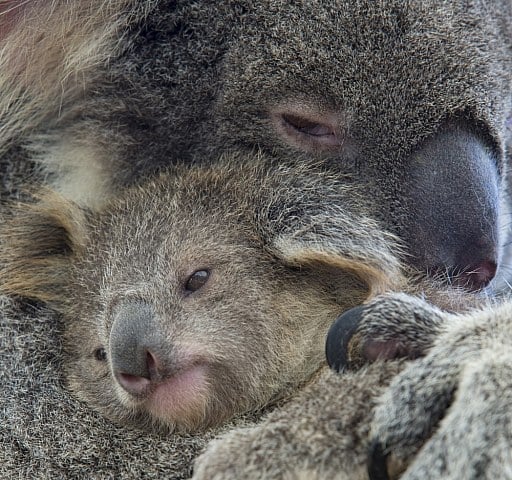
10 fast facts that prove Australia needs to go deforestation-free.
Calling on Big Business to source and sell products free from deforestation
Advocating for stronger state and federal laws that support the life our lives depend on, and ensure special forests are protected
Campaigning for consistent, national environmental community rights—because when communities and First Nations people have a genuine say in decisions that affect the environment, there are better outcomes for nature and people
Monitoring satellite imagery and documenting clearing to uncover deforestation as it happens
Influencing European banks and policymakers to cut ties with Australian deforestation
Building a case for restoration funding as a climate solution
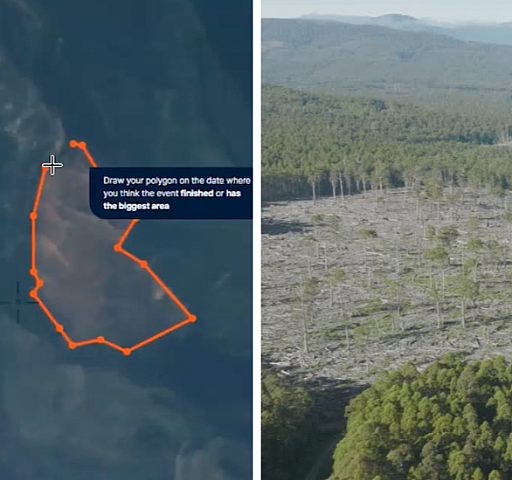
We're uncovering deforestation as it happens using the latest satellite imagery.